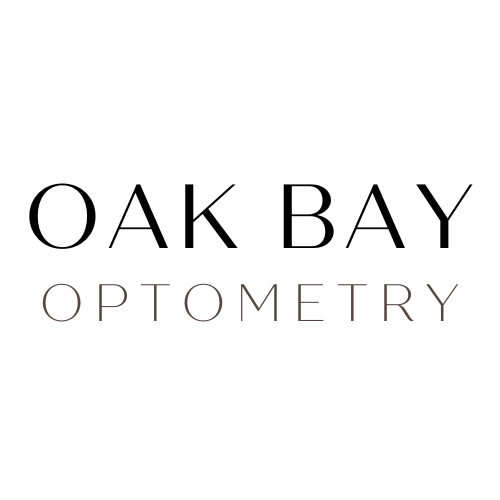Dry Eye
MANAGEMENT PROGRAM
Dry eye is a chronic disease caused by a lack of moisture and lubrication on the ocular surface.
This lack of moisture can cause a cycle of inflammation which leads to an imbalanced tear film and meibomian gland dysfunction.
Our dry eye program will help bring your tear film to homeostasis by directly treating the source of meibomian gland dysfunction and inflammation through a selection of customized in-office and at-home treatments.
SYMPTOMS
You may have dry eye if your eyes regularly feel one or a combination of the following symptoms:
- Redness
- Feeling of grittiness or sand in eyes
- Burning or stinging sensation
- Excessive watery eyes or tearing (this may seem counterintuitive but it is a natural response to compensate for the eyes dryness)
- Fluctuating vision or blurry vision
CAUSES
Multiple causes can contribute to dry eye, including:
- The natural aging process
- Hormonal changes
- Exposure to certain environmental factors such as dry or dusty climates
- UV exposure and environmental irritants such as pollen
- Contact lens use
- Laser surgery
- Cataract surgery
- Medications such as antihistamines, oral contraceptives, or antidepressants
- Autoimmune diseases such as arthritis or Sjögren’s syndrome
DIAGNOSIS
Diagnosing dry eye begins with a comprehensive eye exam.
The optometrist will check the health of your eyes and ask a series of questions regarding symptoms, general health, lifestyle, work/home environment, etc.
Further testing may include vital dye staining and imaging of the meibomian glands (the oil glands within the eyelids).
Next, you will meet with an ocular specialist to discuss your treatment options and create a customized Dry Eye Management Plan.
